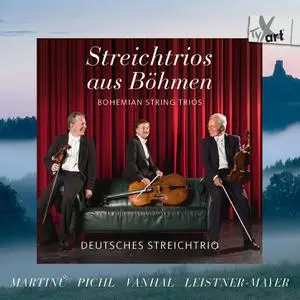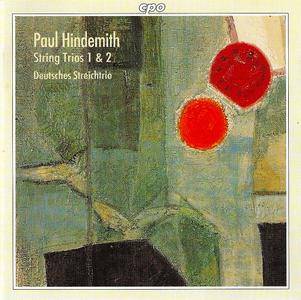Deutsches Streichtrio - Bohemian String Trios (2022)
WEB FLAC (tracks) - 330 Mb | MP3 CBR 320 kbps - 146 Mb | 01:03:39
Classical | Label: TYXArt
WEB FLAC (tracks) - 330 Mb | MP3 CBR 320 kbps - 146 Mb | 01:03:39
Classical | Label: TYXArt
“From Bohemia’s Woods and Fields” – this is how we might sum up the shared roots of these four composers. Pichl and Vanhal penned their works in an early classical style, while Martinů and Leistner-Meyer deployed the aesthetic means of expression of their own period to enrich the repertoire while still invoking the ideals of the classical era. This programme is the perfect treat for listeners who enjoy discovering new works and expanding their musical horizons!



